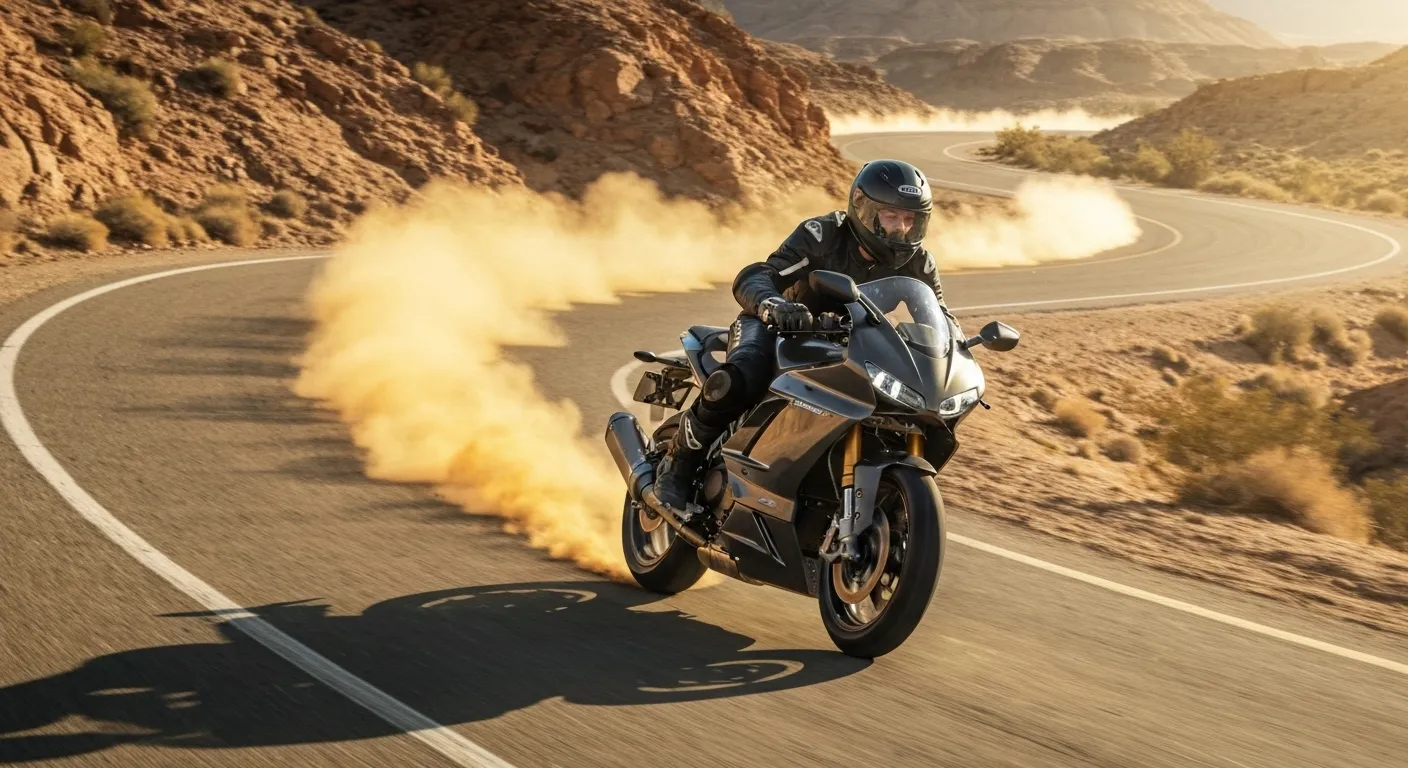For decades, Harley-Davidson has built its legacy on big V-twins, deep exhaust tones, and premium pricing. But that has limited its reach—especially among younger or new riders seeking affordability. With gas prices still volatile, a rising interest in two-wheeled mobility, and a demand for accessible commuting bikes, the timing couldn’t be better for Harley to rethink its entry strategy.
Now comes compelling news: the Harley Sprint 2026, an entry-level motorcycle with a target price of around US $6,000, is expected to debut publicly in fall 2025 and hit showrooms in 2026. For U.S. riders—where even the lowest-priced Harley today starts near $10,000—the Sprint could open doors to a completely new audience.
What does this mean for the market? Will Harley’s gamble pay off, or will it arrive too little, too late? Let’s dig into what’s known so far, what to expect, and how it stacks up in today’s bike scene.
Riding a Legacy Forward: Why Harley Is Betting on the Sprint
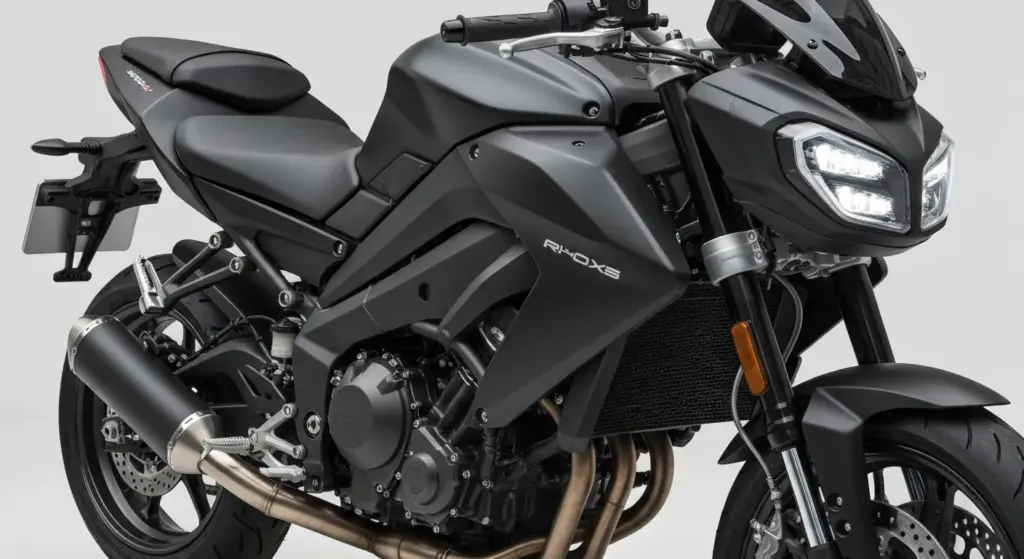
Harley-Davidson CEO Jochen Zeitz has confirmed the Sprint has been in development since 2021 and is intended to be a “more accessible” motorcycle aimed at attracting new riders to the brand.
On a Q2 earnings call, Zeitz emphasized that the Sprint isn’t just about lowering cost—it must still deliver profitability and reflect Harley’s design spirit.
Please take a look at this post as well: Harley-Davidson’s 2025 Heritage Classic Just Proved the Cruiser Era Isn’t Over
Unlike previous low-priced Harleys (or rebadged partner models), the Sprint is expected to be a ground-up design—distinct from Harley’s current X350 or X440 models. The brand aims for dealers to see the bike in October 2025, ahead of a full 2026 launch.
In a way, this move mirrors broader trends in the U.S. and global markets: brands increasingly recognize that entry-level, lower-displacement bikes or electric two-wheelers are gateways to long-term customer loyalty. Instead of losing potential riders to competitors, Harley now tries to capture them early.
What We Know So Far: Speculation, Hints & Leaks
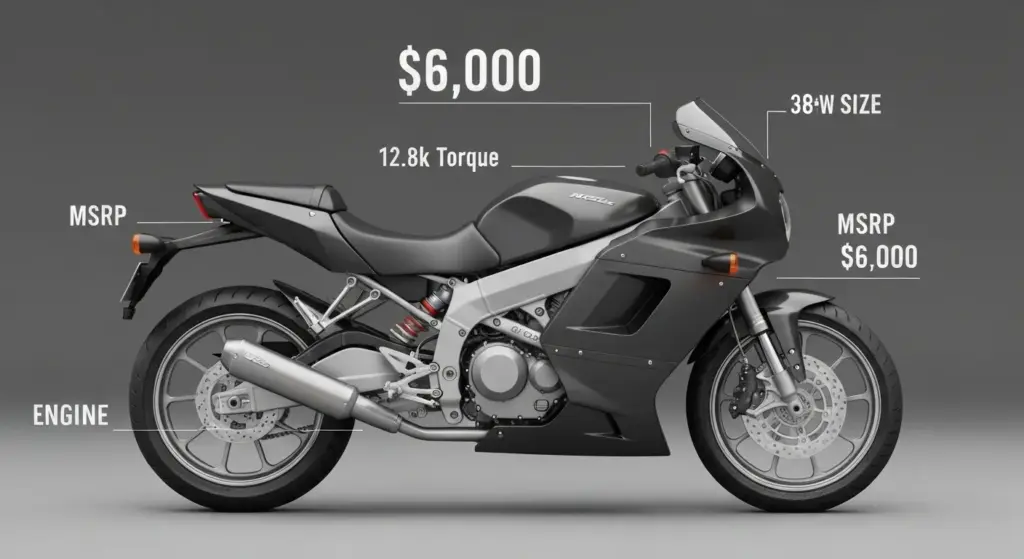
Official specs are nearly nonexistent at this stage—but insiders, enthusiasts, and analysts have pieced together some plausible guesses and hints.
| Spec / Feature | Rumored / Expected Value | Notes / Implications |
|---|---|---|
| Price (U.S.) | ≈ US $6,000 | Intends to undercut even the Nightster as Harley’s lowest price bike |
| Engine / Displacement | Likely small-displacement — 250–500cc class | In line with historic Aermacchi Sprint roots |
| Architecture | All-new / ground-up | Not derived from X350/X440 |
| Dealer Preview | October 2025 | Dealers may see the bike ahead of public debut |
| Public Reveal | Late 2025 | Possibly at major shows or via Harley events |
| U.S. Launch | 2026 | General à la model-year 2026 rollout |
In terms of real-life impact, if Harley hits these figures, this bike could serve as a nimble commuter, weekend cruiser, or urban runabout. Expect moderate power (say 25–45 hp range), light weight, efficient fuel consumption, and minimalist electronics (ABS, maybe traction control). The tradeoffs: limited highway comfort and possibly modest margins unless volume is strong.
Please take a look at this post as well: Affordable Harley-Davidson Sprint 2026 Set for U.S. Launch
Against the Competition: How the Sprint Could Stack Up
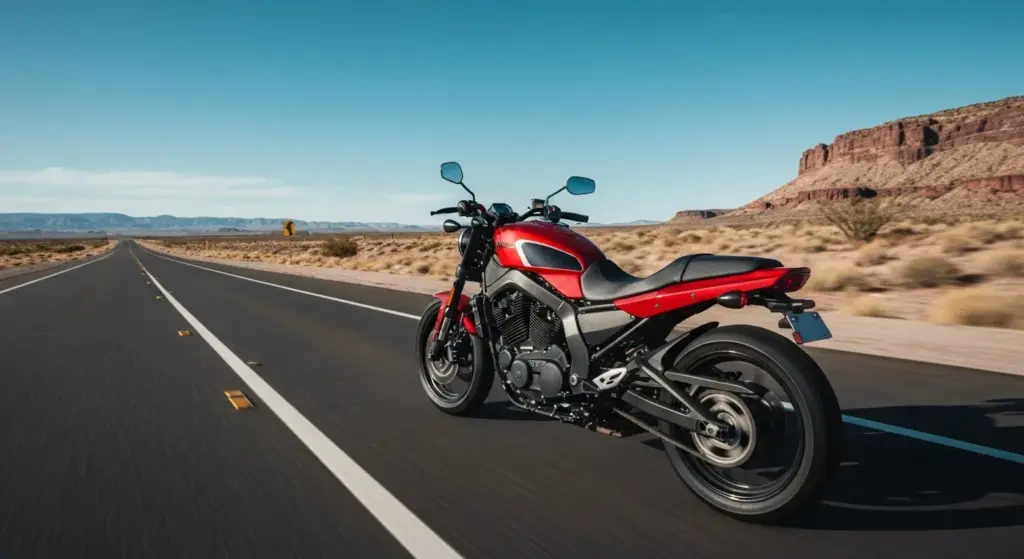
Harley’s entry into the low-cost bike segment puts it in direct or indirect competition with several existing options:
- Harley’s own X440 (via Hero partnership): The X440, built in India, is already Harley’s lowest-cost model in international markets. But the Sprint is expected to be a separate architecture targeting U.S. markets.
- Honda Rebel 300 / 500, Kawasaki Z400 / Versys-X, Royal Enfield Meteor 350: These are established, reliable bikes with strong dealer support and community. Harley must match performance and support to win hearts.
- Emerging EV or micromobility brands: If the Sprint is gasoline-powered, it may lose appeal among riders considering electric alternatives, especially in states pushing EV incentives.
Compared to its rivals, the Sprint’s “brand heritage premium” could help it punch above spec, if Harley ensures quality, styling, parts support, and dealer backing.
Please take a look at this post as well: 2025 Harley-Davidson Pan America 1250 Special: 5 Smart Tech Upgrades You Can’t Miss
Freshest Updates & Market Signals
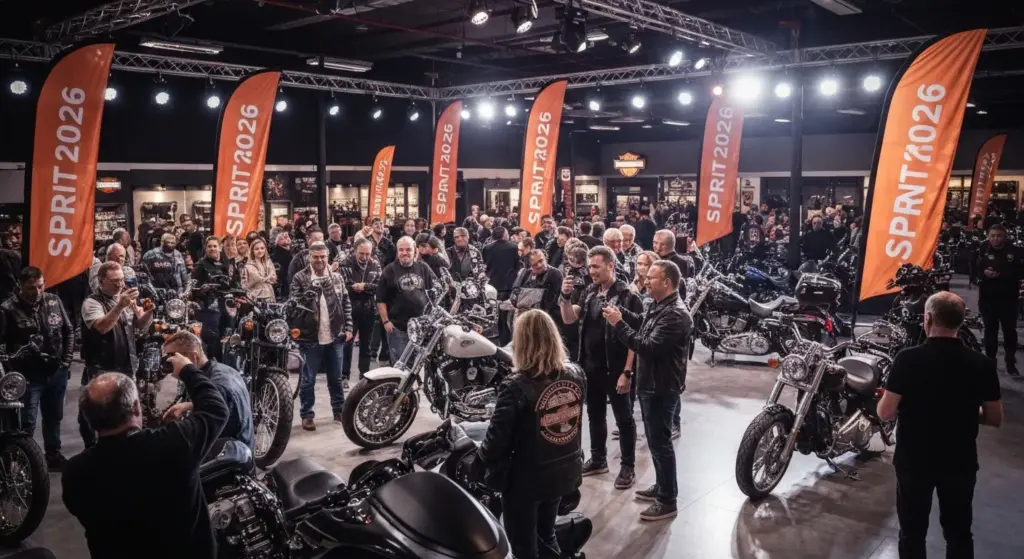
- Confirmed Target Price & Timing: Several outlets now cite an official internal plan to price the Sprint under $6,000 and aim for a 2026 U.S. release.
- Dealership Preview Slot: Dealers are expected to get their first look in October 2025—an early teaser to build buzz.
- Historic Name Revival: Harley is reviving the “Sprint” name, previously used in the 1960s under the Aermacchi partnership (Sprint 250 / Sprint 350). That lends nostalgic resonance.
- Internal Pressure & Leadership Change: Zeitz has announced he will step down; the Sprint is part of his legacy push to refocus Harley’s strategy.
- Community Reactions & Skepticism: Riders on forums hope for simplicity and affordability rather than heavy electronics. Some express worry: Can Harley maintain quality and dealer support at such a low price?
All these signals suggest Harley is serious—but also walking a tightrope.
Risks, Challenges & What Could Hold It Back
- Margins & Volume Economics: To sell under $6,000 with Harley branding, volume and tight cost control will be essential.
- Dealer Network Readiness: Many Harley dealers are tuned for large cruisers; service, parts, and training for new architecture might lag.
- Brand Perception Clash: Longtime Harley purists may balk at a “smaller, cheaper” model, seeing it as dilution.
- Regulatory & Emissions Hurdles: U.S. emissions, safety, and homologation standards are stricter, especially for smaller bikes.
- Competition from EVs & Startups: If EV adoption accelerates, Harley’s gasoline bet might face headwinds.
However, the upside is huge—if the Sprint ignites a fresh wave of riders into the Harley fold, it could reshape the brand’s trajectory.
Final Thoughts: Who Should Watch the Sprint & Why It Matters
Harley’s Harley Sprint 2026 is more than just a new model—it’s a strategic pivot. If it delivers on affordability, reliability, and iconic design, it could be the gateway that brings a younger generation into the Harley family.
For U.S. riders and enthusiasts, this means new options. Want to ride a Harley without needing to refinance your house? The Sprint might be it. But caveats remain: it won’t be a highway-burner cruiser, at least initially. Early adopters will want to test comfort, parts support, and resale before full confidence sets in.
In short: the Sprint is a bold evolution. Harley’s heritage gives it an edge; execution will determine whether it’s just a curiosity—or the start of a new chapter for American motorcycling.
